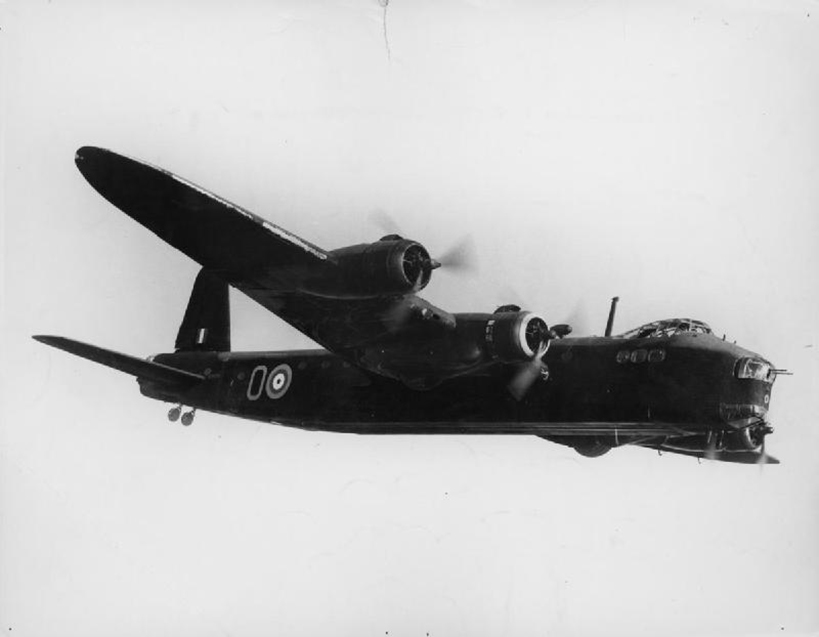White, Osric Hartnell
- Date of birth:
- 1914
- Date of death:
- September 10th, 1982
- Service number:
- NZ415807
- Nationality:
- New Zealander
Biography
Do you have more information about this person? Inform us!
- Period:
- Second World War (1939-1945)
- Rank:
- Flight Sergeant
- Unit:
- No. 75 (New Zealand) Squadron, Royal Air Force
- Awarded on:
- September 24th, 1943
"This airman was the pilot of an aircraft detailed to attack Berlin one night in August, 1943. When nearing the target, the aircraft was illuminated by searchlights and repeatedly hit by anti-aircraft fire, sustaining damage to the port main plane. Despite this, Flight Sergeant White continued his bombing run but was attacked by a fighter. The bomber was hit by the attacker’s gunfire which wrecked the rear turret, killing the gunner, and causing the aircraft to dive out of control directly over the target. Nevertheless, Flight Sergeant White released his bombs and succeeded in regaining control. Considerable height had been lost but this pilot coolly and skilfully flew clear of the target area and course was set for base. Much essential equipment had been rendered useless but, with unerring skill, Flight Sergeant White flew the badly damaged bomber to base. His courage, tenacity and devotion to duty set an example of the highest order."
Official History adds considerable background to the above award - "On the night of the 23rd...Flight Sergeant White and his crew had a particularly hazardous flight. Approaching Berlin their Stirling was coned by searchlights and then repeatedly hit by flak. One shell-burst shattered the rear turret and killed the gunner. There was also damage to the fuselage and the flying controls. Suddenly the anti-aircraft fire died away and a Junkers 88 came in to attack. White began to make evasive turns but the damaged elevators caused the aircraft to dive out of control in steep turns. He thereupon ordered his crew to ‘Prepare to abandon aircraft’. Unfortunately, three members of the crew, including the navigator, baled out due to the fact that they were unable to contact their Captain. Meanwhile White had jettisoned his bomb load while still in the dive and eventually managed to regain a measure of control. Then, although still engaged by searchlights and anti-aircraft guns, he succeeded in getting clear of the target area. White and the two remaining members of his crew thereupon took stock of the damage and decided that they would attempt the long flight back - no mean feat without a navigator. Fortunately White had been a keen yachtsman in New Zealand and had some knowledge of navigation. He flew northwards and then across Denmark, where he succeeded in pinpointing the Stirling’s position and set course across the North Sea. The crippled bomber finally reached the English coast, but on arrival over his home airfield White found that the radio equipment, undercarriage and flaps were useless. Despite this he achieved a safe crash-landing clear of the runway." Following his tour with 75 Sqn Flt Lt White instructed for 20 months on 1653 HCU RAF.
The crew of Stirling Mk.III EF435 JN-J consisted of:
- Of which flew back to England:
F/S Osric Hartnell White , RNZAF NZ415807 – Pilot.
Sgt. Cyril Alan Worledge, RAFVR 573978 – Flight Engineer.
Sgt. T. J. Collins, RAFVR 1583321 – Mid Upper Gunner.
- Baled out
F/O John Stephen Murray, RNZAF NZ417093 – Air Bomber.
F/S Reginald William Rogerson, RNZAF NZ415787 – Navigator.
Sgt. A.E.G. Smith, RAFVR 1386088 – Wireless Operator.
- Killed
Sgt. Jack Poole, RAFVR 1190686 – Rear Gunner.




